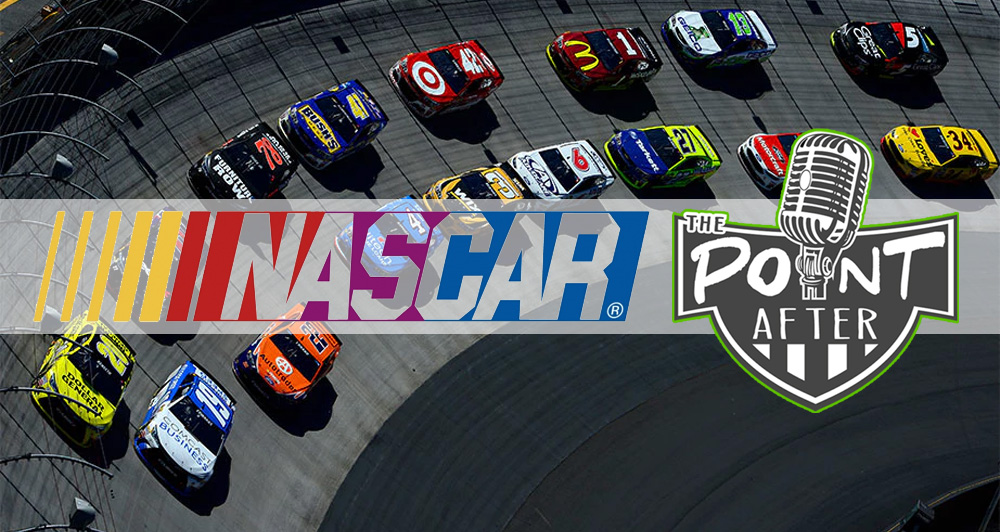“NASCAR isn’t a sport. They just go in circles.” Few things in sports drive me as bananas as this statement (the short list includes: adding the term “gate” to any controversy, NL pitchers batting 8th, and WRs running a 6 yard hook on 3rd and 9). My response to this uneducated take on NASCAR is fairly standard at this point, “Well in football and basketball they just go back and forth.” The “circles” argument is so flawed considering the 2-dimensional nature of most major sports. For those of us fans who watch and understand the nuances of NASCAR the sport is way more than “circles.” My goal with this fantasy NASCAR blog is to educate you plebes with some of these nuances over the course of the season focusing contextually on DraftKings NASCAR daily fantasy.
DraftKings NASCAR daily fantasy works the same as any other DraftKings contests you’ve played. You build your team of 6 drivers within the salary constraint of $50,000 budget. The more points you score, the more money you win. With that said, the absolute first thing any fantasy player needs to do is understand the scoring rules; this is true in both seasonal and daily fantasy sports. The DraftKings scoring formula is actually quite simple. Your drivers will score points four ways: 1) finishing position, 2) place differential, 3) leading laps, 4) and fastest laps. The finishing position criteria awards points based on where drivers finish the race, the better the drivers finish, the more points they score. The place differential criteria awards points based on the difference between where drivers qualify to start the race and where they finish the race; the caveat here is this can be a negative score if a driver qualifies near the front of the field and finishes near the back of the field. The leading laps criteria awards .25 points to the driver leading each individual lap. The fastest laps criteria awards .50 points to the driver with the fastest time each individual lap (this does not necessarily have to be the race leader though there is some decent correlation here). So following the formula, we want drivers who finish toward the front, drivers who gain positions from where they start, and drivers who lead laps (the fastest laps criteria is the most difficult to predict).
Now that you understand the scoring and roster parameters I must start by saying, similar to predicting any sport, predicting NASCAR races is inherently random. This blog is going to attempt to pull back the curtain on some of the mystery surrounding the variance behind NASCAR daily fantasy. I will not guarantee winning lineups or recommendations because it’s an impossible task. I will however walk you through my process each week and highlight some of drivers who are popping on my spreadsheet and why I think you need to consider them when building your rosters. I will discuss track history, current form, driver rating (similar to quarterback rating) and DraftKings prices in an effort to bring you informed decisions.
Congrats if you’ve made it this far. This concludes my introduction into NASCAR daily fantasy here at The Point After Show. I hope you’ll rejoin me in a few weeks when I begin dissecting the year’s first race, the Super Bowl of NASCAR, The Daytona 500. Stay tuned!
E-mail Taylor at: [email protected]


